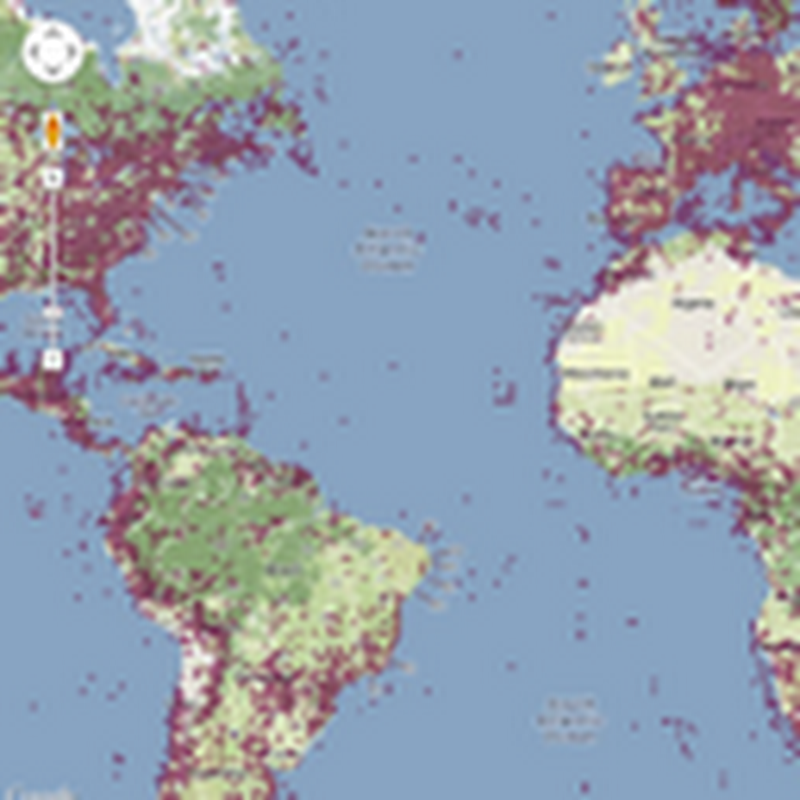
If we view biodiversity data as part of the "biodiversity knowledge graph" then specimens are a fairly central feature of that graph. I'm looking at ways to link specimens to sequences, taxa, publications, etc., and doing this across multiple data providers.







